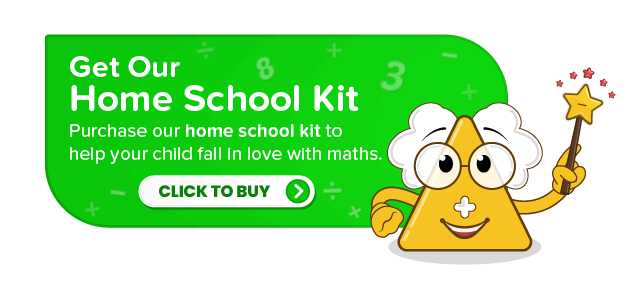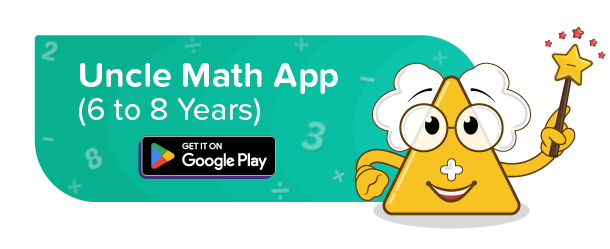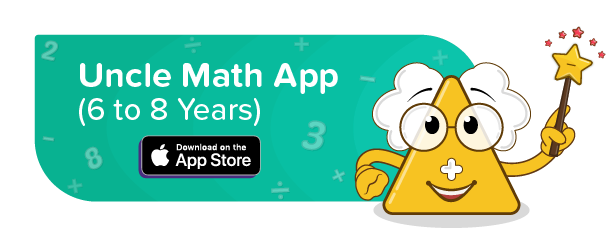Reading A Calendar
Time is a significant mathematics topic that we use every day. But teaching time to children is a tricky concept. Usually, parents and teachers start teaching time by directly introducing the clock and explaining it. But that’s not the right approach to teaching time. Here is a simple progression that we can follow to introduce time to our early learners:
Step 1: Understand long & short duration (eg: if I travel by car & bike, which will take longer?)
Step 2: Arrange events of the day in sequence (Morning, afternoon, evening and night)
Step 3: Days of the week, “Months of the year, Sequence of seasons
Step 4: Read a calendar and sequence the events in terms of dates/days.
Step 5: Introduction to the 12-hour clock and terms associated with it (hours, minutes, seconds, a.m, p.m)
Step 6: Introduction to 24-hour clock
Step 7: Conversion of 12 hours to 24 hours and vice versa
This article will cover details upto step 4. The rest is part of another article here.
Reading a calendar:
A calendar is a series of pages that shows the days, weeks, and months of a particular year. A calendar is a very important tool in our everyday lives. It allows us to keep track of the days, weeks, months, and years.
Parts of a calendar: –
- Year
- Month
- Days of the week
- Date
A year is divided into 12 months: January, February, March, April, May, June, July, August, September, October, November, and December. Each month is divided into approximately 4 weeks. Each week is divided into 7 days: Sunday, Monday, Tuesday, Wednesday, Thursday, Friday, and Saturday. By reading the calendar, we can know what year, month, day and date it is.
How to read a calendar: Step 1: Check the year Step 2: Check the month Step 3: Check the date Step 4: Check the day
Math fact:
One of the easiest ways to remember days in a month using the knuckles.
Every knuckle that is up has 31 days and every knuckle that is down has 30 days except February.
Different ways to teach reading calendars:
Teaching through stories:
1. All About Birthdays
Teaching through activities:
a) Calendar time: Spend 5-10 minutes every day using the calendar with children. Let them mark their important dates like birthdays, school holidays, festivals, trips etc and have some fun. Also ask questions like: How many weeks before (or how long until) we leave for our trip?” or “How many days before your next vacation?”This will also help in enhancing their literacy skills.
b) Goal setting: When children learn to read a calendar, why not tie it up with their goal. Help them design their own calendar with the set rules and set their own goals. Through the calendar, they also learn to track their goals and progress.




